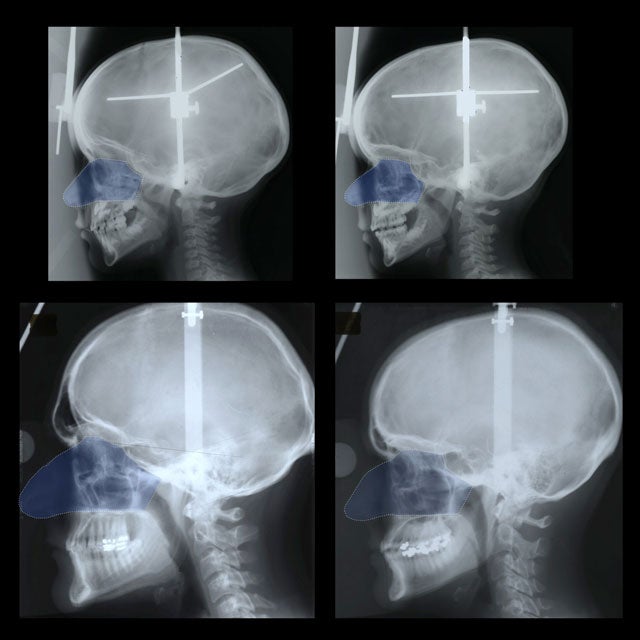Scientists explain why male noses are 10% bigger than females'

Your support helps us to tell the story
From reproductive rights to climate change to Big Tech, The Independent is on the ground when the story is developing. Whether it's investigating the financials of Elon Musk's pro-Trump PAC or producing our latest documentary, 'The A Word', which shines a light on the American women fighting for reproductive rights, we know how important it is to parse out the facts from the messaging.
At such a critical moment in US history, we need reporters on the ground. Your donation allows us to keep sending journalists to speak to both sides of the story.
The Independent is trusted by Americans across the entire political spectrum. And unlike many other quality news outlets, we choose not to lock Americans out of our reporting and analysis with paywalls. We believe quality journalism should be available to everyone, paid for by those who can afford it.
Your support makes all the difference.Although it might seem a fairly obvious observation, a new study from the University of Iowa has found not only that men, on average, have noses ten per cent larger than womens', they’ve also worked out why this might be.
The answer lies in differences in body size and energy consumption between the sexes. Because males tend to have more muscle mass than females there is an increased demand for oxygen to maintain tissue growth: bigger noses allow for greater oxygen intake and thus promote greater muscle growth.
"We have shown that as body size increases in males and females during growth, males exhibit a disproportionate increase in nasal size,” Nathan Holton, an assistant professor at the University of Iowa and lead author of the paper, told Phys.org.
“This follows the same pattern as energetic variables such as oxygenate consumption, basal metabolic rate and daily energy requirements during growth."
The age at which nose sizes begin to diverge between male and females also corresponds with the onset of puberty; the time at which males begin to grow proportionally more muscle mass than females.
"Even if the body size is the same," says Holton, "males have larger noses, because more of the body is made up of that expensive tissue. And, it's at puberty that these differences really take off."
Holton studied the nose size of 38 individuals of European descent from the age of three until their mid-twenties, although he notes that his research holds true across various cultures and populations as the differences between genders remains consistent.
The researchers concluded that we should not think of the nose simply as an ornamental aspect of the face but as an extension of our lungs.
The paper was published in American Journal of Physical Anthropology.
Join our commenting forum
Join thought-provoking conversations, follow other Independent readers and see their replies
Comments